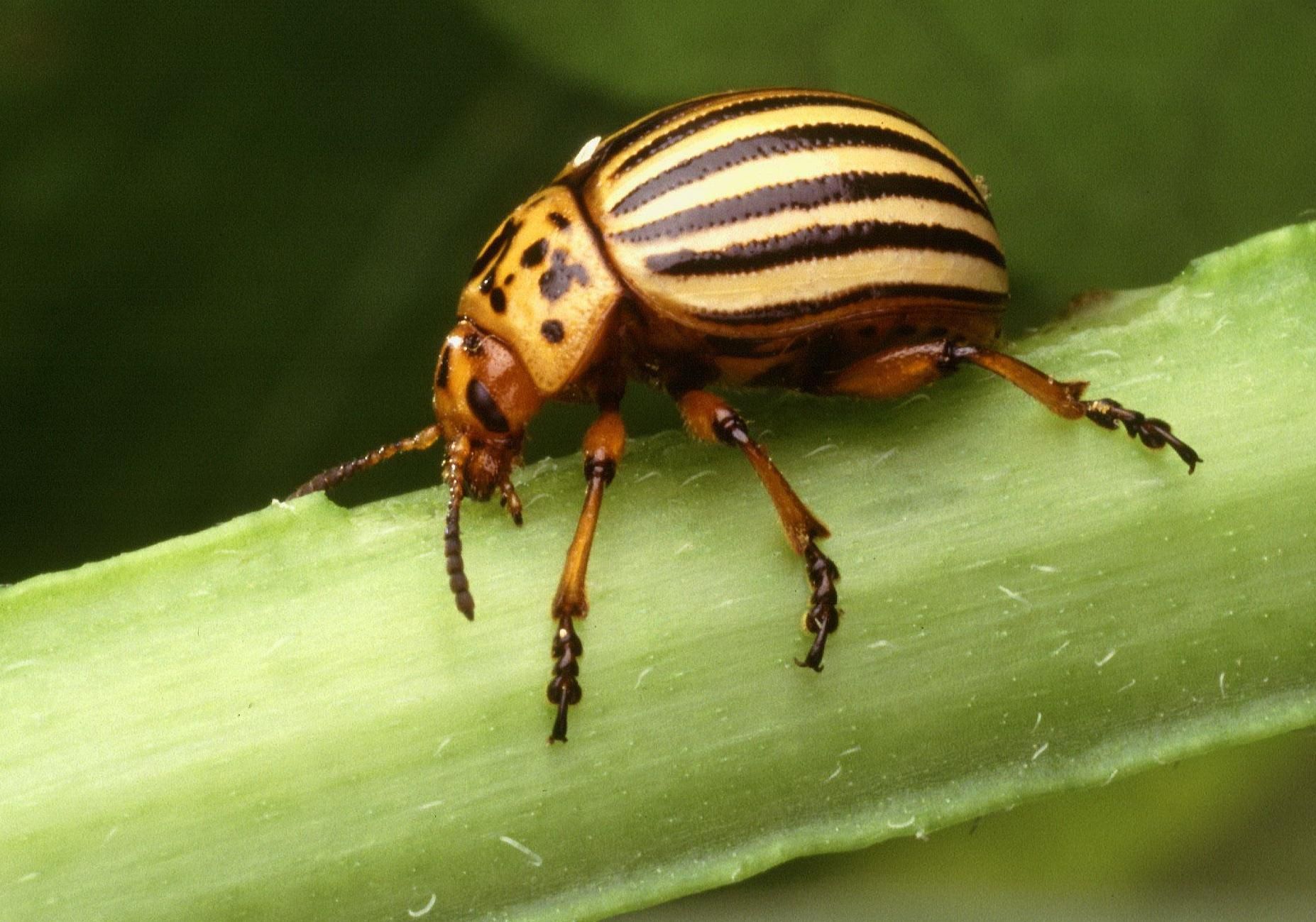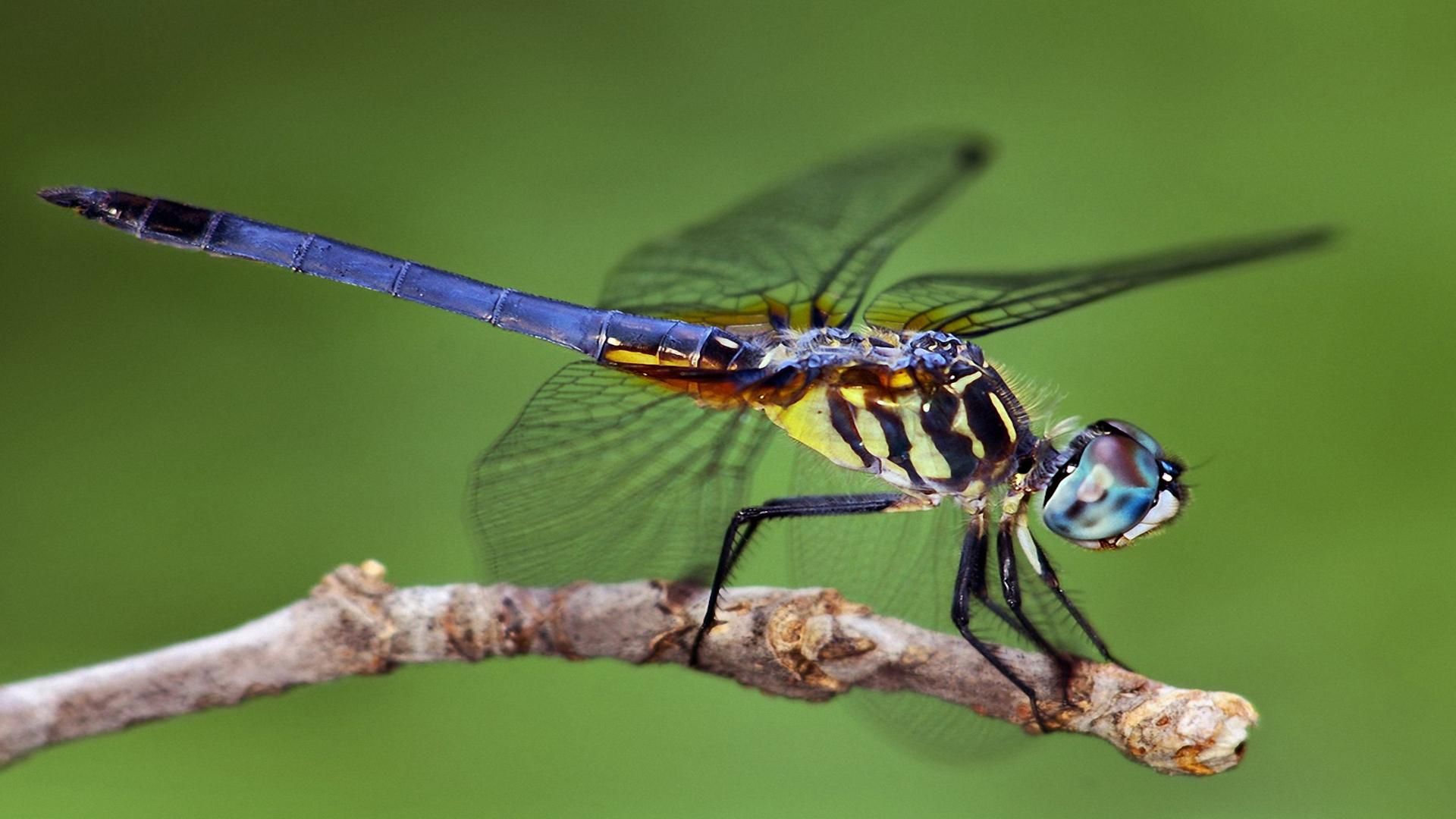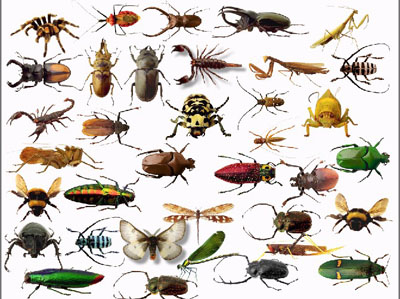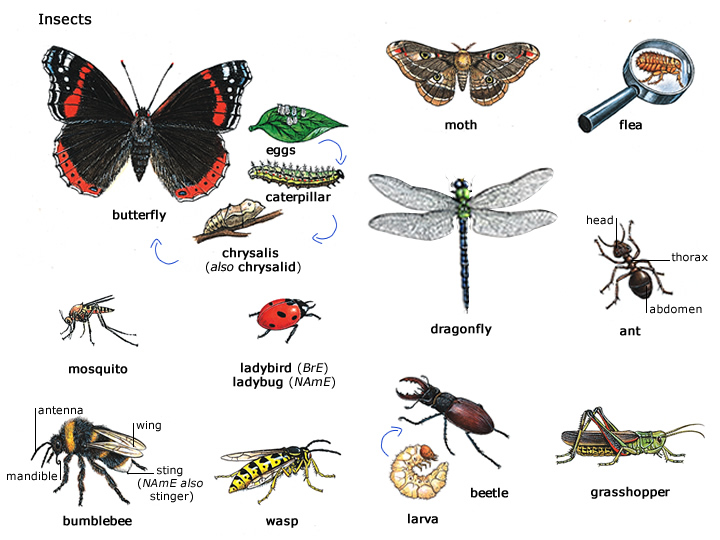
Type of animal science: Classification
Fields of study: Anatomy, ecology, entomology, invertebrate biology
More than one million species of insects have been identified, and countless others await discovery. Insects provide many valuable products and services within ecosystems, but some cause damage by eating crops or spreading disease to plants, animals, and humans.
The history of insects dates back to the Devonian period, about 400 million years ago. Today numbering more than one million different species, insects are the most diverse class of animals on earth. Insects populate almost every habitat except the deep oceans and permanently frozen land masses. Insects are specialized to live underground, in live or rotting trees, in fastflowing rivers, or stagnant puddles. Parasitic insects live attached to the outside (hair, skin) or inside (stomach lining, respiratory tract) of other animals. Crafty insects modify their habitat by building their own houses. Spittlebugs mix air into slimy anal secretions to form shelters. Bagworms spin silk to hold leaves together around them. Some African termites glue soil particles together with saliva into colossal nests measuring six meters high and nearly four meters across.
Insect Facts
Classification:
Kingdom: Anamalia
Subkingdom: Bilateria
Phylum: Arthropoda
Subphylum: Uniramia
Class: Insecta
Orders: Common orders include Coleoptera (beetles); Diptera (flies,
mosquitoes); Hemiptera (true bugs); Homoptera (cicadas), Hymenoptera
(ants, bees, wasps); Isoptera (termites); Lepidoptera (butterflies,
moths); Odonata (dragonflies, damselflies); Orthoptera (crickets,
grasshoppers)
Geographical location: Every continent except Antarctica
Habitat: Mainly terrestrial, some aquatic, primarily freshwater
Gestational period: Highly variable; some insects produce one, two, or
several generations per year; conversely, relatively large insectsmay
take more than one year for larval development
Life span: Highly variable; adult mayflies live less than one week,
while queen termites have been known to live for more than twenty
years
Special anatomy: Major regions include the head, featuring one pair of
antennae, the thorax, with three pairs of legs and up to two pairs of
wings, and the abdomen, housing spiracles and genitalia; in some
insects, one or both pairs of wings are modified for functions other
than flight, such as protection or balance
Other popular Animals
Photo Gallery of - Insect







 Animalia Life
Animalia Life